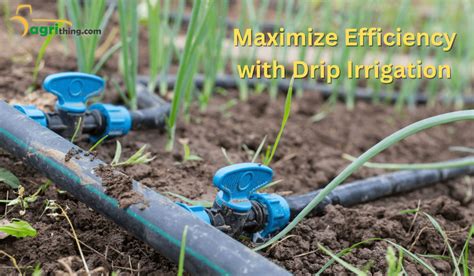Maximize Your Irrigation Efficiency: A Comprehensive Sprinkler Guide
Efficient irrigation is crucial for healthy lawns and gardens, while also conserving a precious resource: water. This comprehensive guide explores various sprinkler systems, their pros and cons, and practical tips to maximize your irrigation efficiency, saving you money and protecting the environment. We'll cover everything from choosing the right sprinkler type to implementing smart irrigation technologies.
What are the Different Types of Sprinkler Systems?
Choosing the right sprinkler system depends on your landscape's size, shape, and terrain. Here are some popular options:
-
Impact Sprinklers: These are budget-friendly and suitable for larger areas. They utilize a rotating arm that throws water in a circular pattern. However, they can be less efficient than other systems due to overspray and inconsistent water distribution.
-
Rotary Sprinklers: These sprinklers provide a more even water distribution than impact sprinklers. They rotate slowly, covering a larger area with a gentle spray. They are ideal for medium to large lawns.
-
Rotor Sprinklers: These are high-efficiency sprinklers designed for larger areas, often used in commercial settings. They throw water in a precise arc, minimizing water waste. Their higher initial cost is often offset by long-term water savings.
-
Drip Irrigation: This system delivers water directly to the roots of plants, minimizing evaporation and runoff. It's perfect for gardens, flowerbeds, and trees. It's highly efficient but requires more upfront installation.
-
Soaker Hoses: These are porous hoses that slowly release water along their length. They're excellent for vegetables, shrubs, and flowerbeds. They’re simple to install but may not be suitable for large areas.
How to Choose the Right Sprinkler System for Your Needs?
Selecting the best sprinkler system requires careful consideration of several factors:
-
Lawn Size and Shape: Larger lawns benefit from rotor or rotary sprinklers, while smaller areas may be adequately covered by impact sprinklers or drip irrigation. Irregularly shaped lawns might require a combination of systems.
-
Terrain: Uneven terrain might necessitate multiple sprinkler zones or systems designed to handle slopes.
-
Plant Type: Drip irrigation is ideal for delicate plants, while impact sprinklers can be used for more resilient grass.
-
Budget: Impact sprinklers are the most affordable, while rotor and drip irrigation systems typically involve higher upfront costs.
-
Water Pressure: Different sprinklers have varying water pressure requirements; choose a system compatible with your water pressure.
How Can I Improve My Sprinkler System's Efficiency?
Beyond selecting the right system, several steps can significantly improve your irrigation efficiency:
-
Regular Maintenance: Check for leaks, clogged nozzles, and damaged sprinkler heads. Clean or replace as needed.
-
Proper Sprinkler Head Adjustment: Ensure sprinklers are correctly aimed and adjusted to avoid overspray onto sidewalks or driveways.
-
Watering Schedule Optimization: Water deeply but less frequently. This encourages deeper root growth, making plants more drought-tolerant.
-
Soil Moisture Sensors: These sensors detect soil moisture levels and automatically adjust watering schedules, preventing overwatering.
-
Smart Irrigation Controllers: These controllers use weather data to optimize watering schedules, reducing water waste.
What are the Benefits of Using a Smart Irrigation System?
Smart irrigation systems offer significant advantages over traditional timers:
-
Water Conservation: They automatically adjust watering schedules based on weather conditions, soil moisture, and evapotranspiration rates.
-
Reduced Water Bills: Conserving water directly translates into lower water bills.
-
Improved Plant Health: Consistent and precise watering promotes healthy plant growth.
-
Convenience: Remote control and scheduling features offer unparalleled convenience.
What are Some Common Irrigation Mistakes to Avoid?
-
Overwatering: This leads to wasted water, fungal diseases, and shallow root systems.
-
Underwatering: This stresses plants, making them susceptible to pests and diseases.
-
Ignoring Leaks: Leaks can waste significant amounts of water and increase your water bill.
-
Improper Sprinkler Head Placement: Incorrect placement leads to uneven watering and wasted water.
-
Failing to Adjust for Seasonal Changes: Watering needs vary throughout the year; adjust your schedule accordingly.
By understanding the different sprinkler systems available and implementing efficient irrigation practices, you can significantly reduce water waste, lower your water bills, and maintain a lush, healthy landscape. Remember, regular maintenance and smart technology play a crucial role in maximizing your irrigation efficiency.

